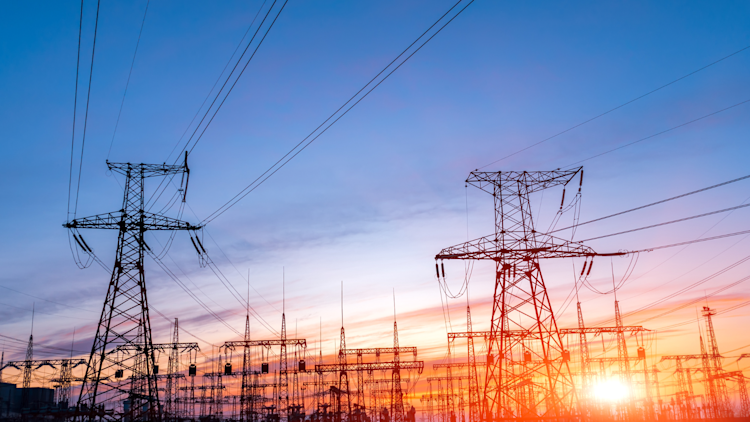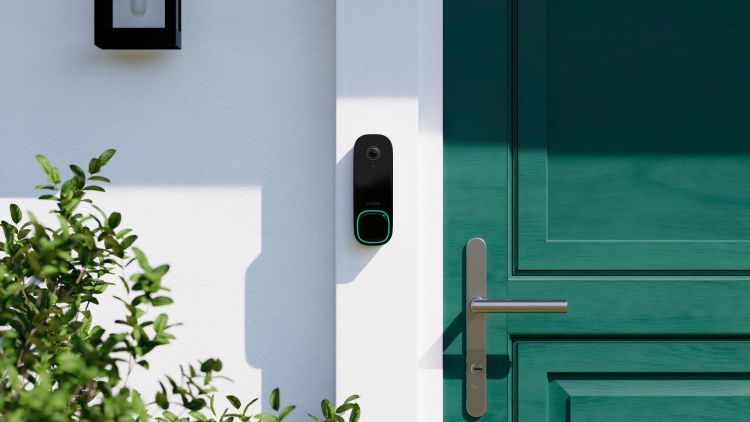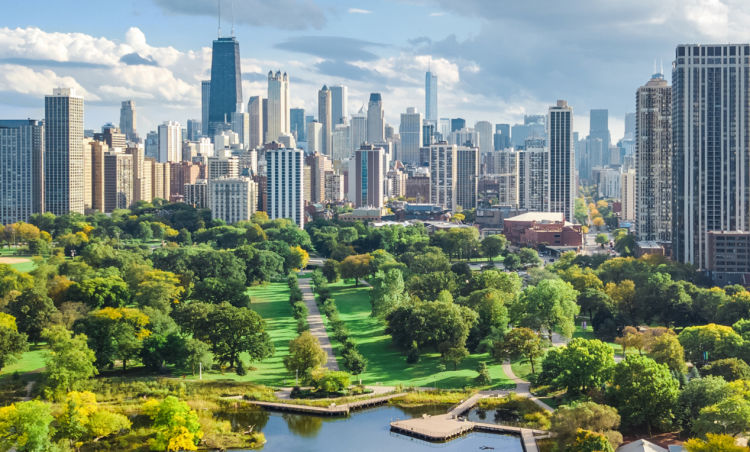How Your Community Can Help Keep The Lights On This Summer
With summer in full swing, ecobee can help SmartOwners save energy amid growing concerns over energy supply shortages across North America.
by ecobee on 07/12/2022 in Better Planet
7 min read

Summer is here and severe heatwaves and storms have already swept through North America. Power companies in Texas, Tennessee, and Ohio have reported record-high energy demands and increasing risks of blackouts.
As extreme heat becomes more common during the summer months due to climate change, power demand spikes as homes and businesses crank the air conditioning to keep cool. Multiple utility companies are also in the process of shutting down or renovating decades-old power plants, reducing electricity supply. Renewable energy such as wind and solar — while important in the shift to decarbonizing the power grid — also pose some instability challenges for the grid. Because the wind doesn’t always blow, and the sun doesn’t always shine.
With grid electricity supply and demand in imbalance, the power grid becomes strained, which leads to more potential blackouts this summer. On the bright side, there are simple ways to work together with others in your community to help make electricity service more stable and reliable.
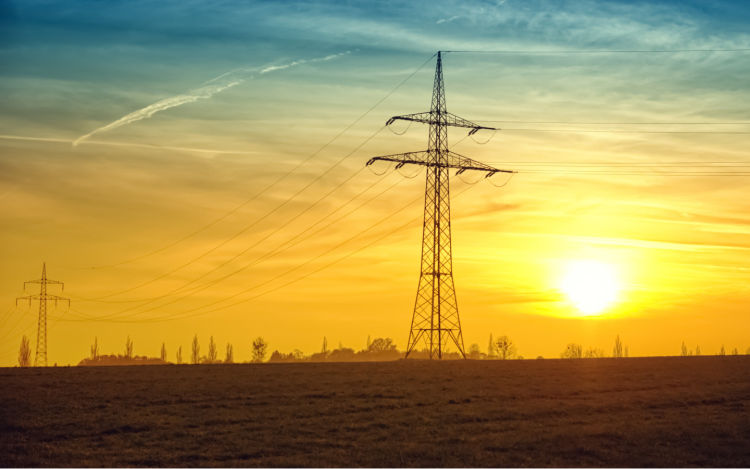
Understanding power grids and outages.
To understand how power outages happen on the grid, we first need to know how the power grid works. The power grid consists of the power plants that generate electricity, and the transformers and high-voltage transmission lines infrastructure that carry electricity across the grid to local substations. From substations, power then flows through distribution lines to supply electricity to homes and businesses.
Operating the power grid is an important balancing act. The role of the grid operator is to match supply (or generation) with electricity demand as it changes throughout the day. When demand exceeds supply, this is called a capacity shortfall which can strain and damage the power grid. Utilities may have peaker power plants that can be turned on relatively rapidly to provide additional supply; however, these plants are often very expensive and carbon intensive to build and operate. Even with peaker plants, sudden, extreme heat events can overwhelm the grid operator's ability to meet demand by causing air conditioners to go into overdrive. The utility may call on rolling brownouts (a reduction in voltage) or blackouts (a complete shutdown) to reduce stress on the grid and balance electricity supply with demand. These temporary power outages are the last resort for utilities and help prevent more lengthy, widespread blackouts.

Grid reliability risks across North America.
In May, the North American Electric Reliability Corporation (NERC), a not-for-profit regulatory authority who assures the reliability and security of North America’s power grid, released a Summer Reliability Assessment evaluating concerns with the power grid’s electricity supply and operations. Here are some of its findings.
The western U.S. is seeing an elevated risk of droughts, increasing the chances of extreme heat events affecting hydropower supply, which will drive electricity demand higher than available supply. California, where wildfires have damaged grid transmission infrastructure and supply chain issues are hampering efforts to bring more solar supply online, is especially at risk for power disruption.
Texas is in a similar situation, experiencing severe drought conditions and the likelihood of extreme heatwaves. Although ERCOT, the grid operator for Texas, is expecting to increase supply resources with more renewable energy coming online and transmission expansion projects.
In the central U.S., there are concerns that drought conditions in the Missouri River will affect power sources that rely on water for generation or cooling. Elevated risks will also depend on whether wind generation capacity is sufficient to meet electricity demand during peak times.
The Midcontinent Independent System Operator (MISO) in the Midwestern U.S. is facing capacity shortfalls because of planned infrastructure maintenance projects. MISO is anticipating a high risk of rolling blackouts to maintain grid reliability this summer.
In Canada, Saskatchewan is at an elevated risk, expecting a supply shortage due to large, planned maintenance work. In addition, extreme hot weather conditions could significantly affect peak demand this summer.
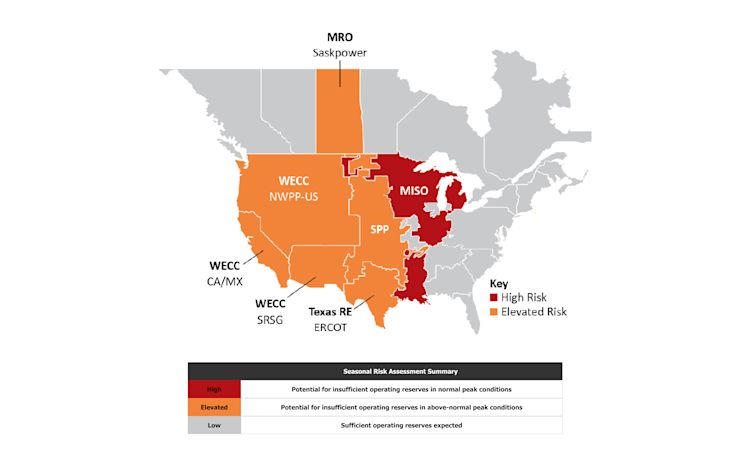
Some ways you can reduce the risk of blackouts.
While renewable sources like wind and solar are helping some utilities with additional power supply (like in Texas), it will also be important for households and businesses to reduce energy demand this summer to maintain a stable power grid. That’s why utilities are encouraging customers to turn up their thermostats, even just a degree or two, during the hottest periods to help. Doing so reduces the time the thermostat runs the AC, saving energy and lowering demand on the power grid. This not only lowers energy bills for customers, but also keeps the grid more stable. Other ways to reduce energy demand include unplugging any appliances not in use and turning off the lights when leaving the room. These may seem like small efforts, but the scalability of having everyone in the community making these changes is essential to reducing demand on the power grid.
What else can you do to help?
Even minor adjustments to your thermostat settings can have a major impact in helping to stabilize the power grid when demand is high. If you already have an ecobee smart thermostat, you can help by enrolling in a Community Energy Savings program within eco+.
eco+ unlocks enhanced savings and comfort through five advanced features. The Community Energy Savings feature works with your thermostat and local utility to make automatic slight, temporary temperature adjustments to your thermostat (1–4 degrees for a maximum of 2–4 hours) when electricity demand in your community peaks. Your comfort is always in your control, and you can opt out of Community Energy Savings events as needed with one tap.
You most likely will not even notice the difference in your comfort. But as more people enroll in Community Energy Savings, these slight temperature adjustments are adding up to make a significant impact in mitigating the risk of brownouts and blackouts, providing grid operators with a means to reduce electricity demand when the grid is under stress. Reducing strain on the grid also lowers your utility company’s reliance on dirty, expensive-to-operate peaker plants to stabilize the grid. See if there is a program available in your community and enroll seamlessly through the ecobee app.
If you don’t have an ecobee smart thermostat, check to see if you can receive a rebate from your utility for buying one on ecobee.com/rebates.
Preparing for summer, and beyond.
Today’s grid is aging and being pushed past its limits. Efforts are underway by both the public and private sectors to modernize the power grid, making it smarter, more resilient, and more efficient. More smart grid and grid modernization research and programs are being rolled out every day. If you are interested, you can help participate in research by sharing your ecobee smart thermostat’s anonymized data with researchers through our Donate Your Data program. Energy researchers and scientists can submit their research ideas and use this rich dataset to help build the energy efficient, climate resilient homes and energy systems of the future.
If a brownout or blackout were to occur in your community this summer, it is also important to be prepared for a power outage. Installing a standby generator for your home or business can help keep essential equipment powered on during an outage.
We hope you now feel better informed about the risk of power outages this summer and the role you can play in helping to reduce demand on the power grid. There are multiple ways to strengthen the grid and increase power supply; however, saving energy and reducing energy demand are the cleanest, quickest, easiest ways to help stabilize the grid and lower your energy bill. And the more people we have involved with these efforts, the more communities can help keep their lights on this summer. For more energy-saving tips, check out our post on how to conserve more energy this summer.
Image 2 sourced from the IER website of Generation, Transmission, and Distribution.
Image 3 sourced from the Summer Reliability Risk Area Summary from NERC's May 2022 SRA Report.
Did you enjoy this article?
Thanks for letting us know!


